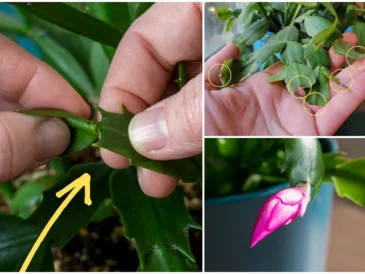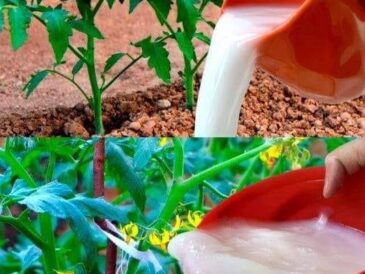Proper fall care is essential to ensure your hydrangeas thrive and produce vibrant blooms in the coming seasons. Here are five critical tasks to perform during the fall, along with three practices to avoid:
Five Essential Fall Care Practices for Hydrangeas:
1. Mulching: Apply a 2-3 inch layer of mulch around the base of your hydrangeas, extending to the drip line. This helps insulate the roots against temperature fluctuations and retains soil moisture. Ensure the mulch doesn’t touch the stems to prevent rot.
2. Soil pH Adjustment: If you wish to influence bloom color, adjust the soil pH in the fall. For blue flowers, aim for a pH below 5.5 by adding sulfur. For pink blooms, target a pH above 6.5 by incorporating lime. Always test your soil before making adjustments.
3. Watering: Continue to water your hydrangeas during the fall, especially before the ground freezes. Consistent moisture helps the plants prepare for dormancy and withstand winter conditions.
4. Protection from Harsh Conditions: In regions with severe winters, protect your hydrangeas by wrapping them in burlap or creating a cage filled with straw or leaves around the plant. This shields them from harsh winds and extreme cold.
5. Inspecting for Diseases: With leaves falling, it’s an ideal time to check for signs of disease or pests. Remove any affected foliage and dispose of it properly to prevent overwintering of pathogens.
Three Practices to Avoid in the Fall:
To continue reading the article please see page 2




